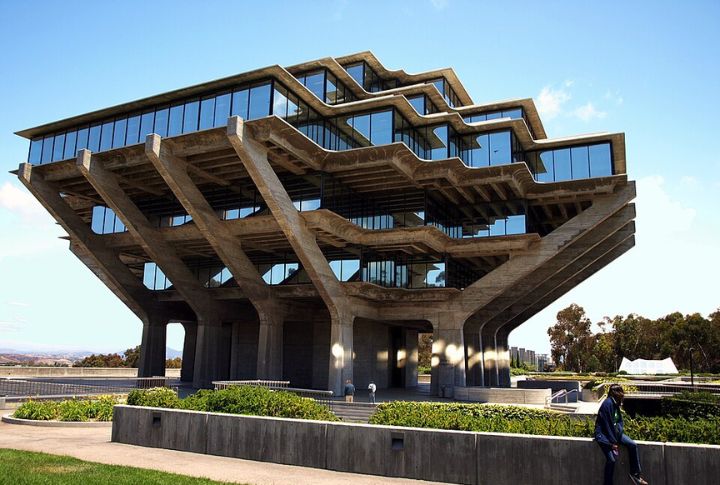
Think Brutalism is all about cold concrete and sharp edges? Think again. There’s a lot more to this architectural style than meets the eye. It didn’t just shake up buildings; it redefined how we think about design. Let’s uncover how this concept made its mark and why it’s still so relevant today.
Born From Rubble, Built For Function
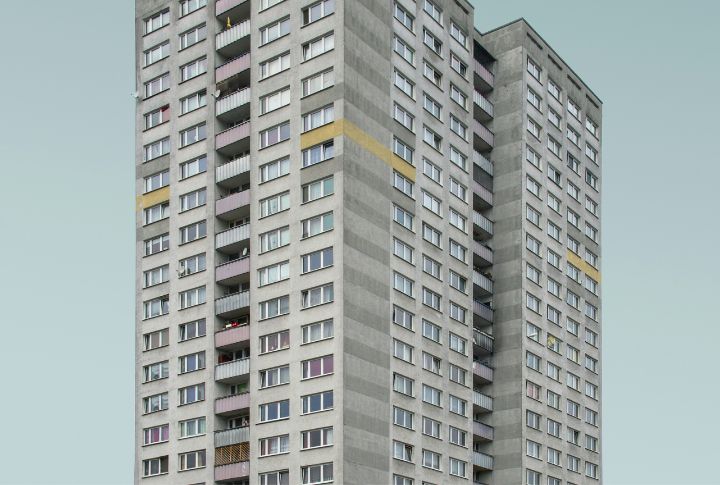
Brutalism emerged after WWII when cities faced massive rebuilding demands. Architects used reinforced concrete and simplified forms to create fast, cost-efficient structures. What began as a necessity evolved into a powerful architectural statement of purpose, survival, and material expression.
Not Pretty And Proud Of It
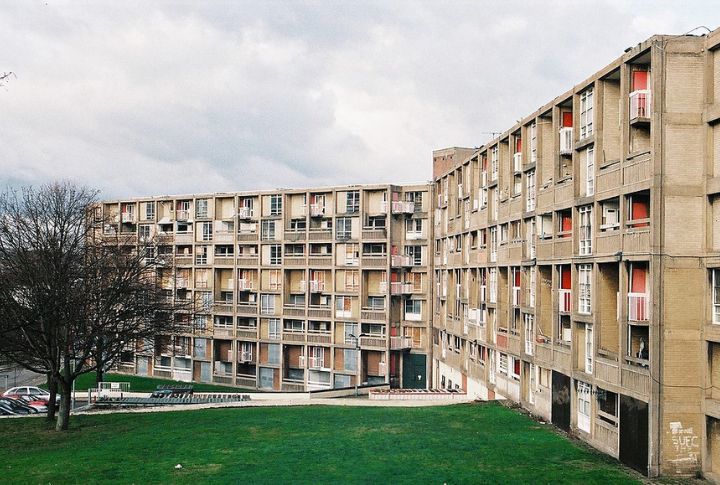
Let’s be real: Brutalism won’t win the prom queen title in design. It’s as blunt as it is bare and doesn’t care what your Pinterest board thinks. Still, there’s a reason it sticks around: it has grit and all the charm of a brick wall.
Concrete Icons That Changed The Game

Boston City Hall, La Cite Radieuse, and the Barbican are legendary background buildings. And we dare say, concrete behemoths that made the world pause. Brutalism didn’t just change skylines; it built a bold new chapter in architectural history with raw surfaces and unfiltered forms.
Shapes That Don’t Whisper

Brutalist design features massive geometric shapes and deliberate scale. These buildings reject ornamentation, revealing structure as style. Expect concrete and sharp angles with layouts focused on utility over comfort, proof that design can be strong and unapologetically grounded in truth.
Concrete Makes A Comeback Indoors
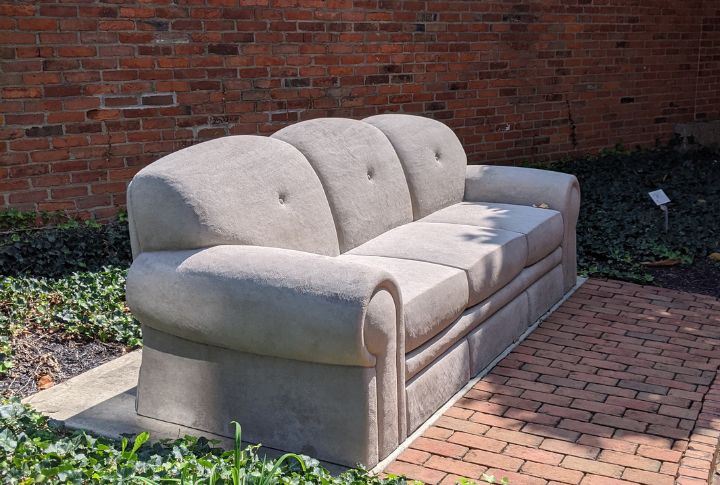
Funny how concrete went from “ugly” to ultra-chic. Now, it’s in countertops and even sofas. Brutalism’s back, not just outside but inside your home. Apparently, nothing says cozy like a slab of cold, gray minimalism paired with fuzzy throw pillows.
This Style Hits You In The Chest
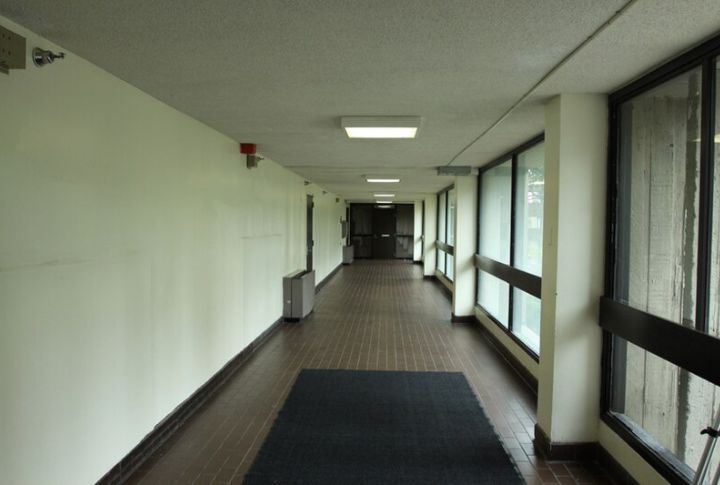
Walk into a Brutalist building and feel the weight. The silence echoes. The walls rise like cliffs. It’s not just architecture but presence. You feel small but not unsafe. That intensity lingers as these spaces speak with gravity and an unshakable calm.
How Brutalism Rewires Your Brain
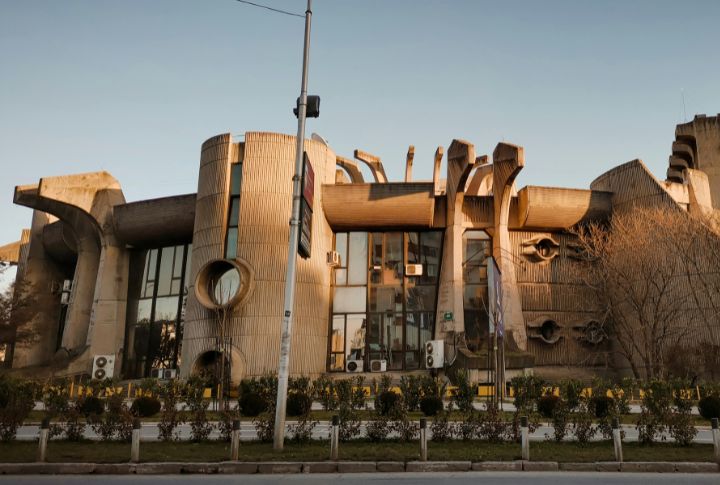
Some people love Brutalism; others flinch at first glance. These buildings reject softness. Their intense, unfiltered form challenges familiar ideas of comfort. That unease becomes the point, as it stirs emotion and disrupts expectation. This is what it looks like when beauty steps aside.
The Rebels Who Poured It Into Being
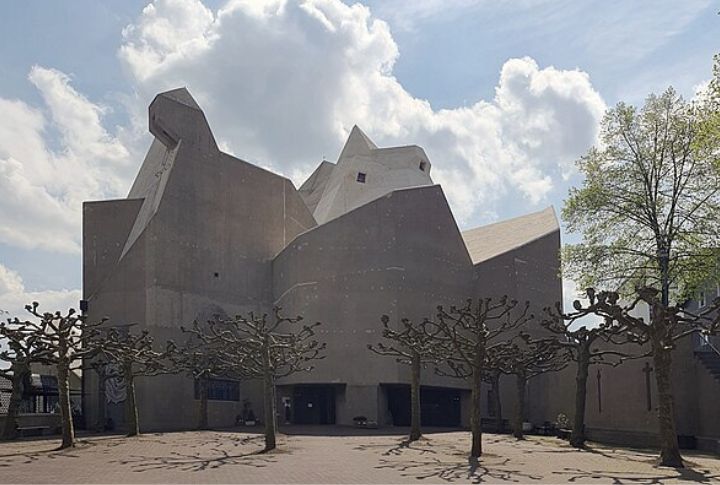
Back in the ’50s, architects wanted change. They ditched frills, embraced concrete, and built bold statements that couldn’t be ignored. Brutalism became their revolution. Today, their vision still stands, etched in cities worldwide, reminding us that not all fine things come in curves.
Brutalism Finds New Life In Digital Design
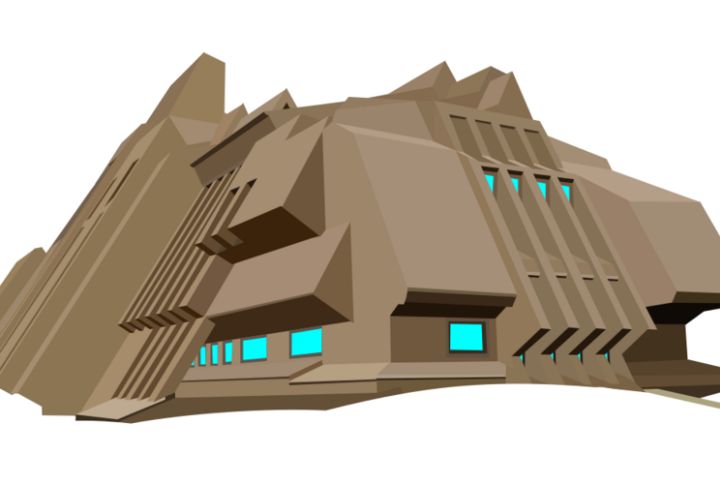
Brutalism isn’t just cement and cities anymore. It’s making waves online. Designers borrow their no-frills feel for websites that feel bold and unpolished. Forget gradients and glossy UI; this is form stripped bare, reshaped into pixels. The undisguised spirit still builds, just differently.
Why It Still Shapes The Future

Brutalism is not a passing trend, as designers continue to draw from its raw honesty and bold forms. Its influence lives on in clean lines and honest textures. Similar to its striking interiors, once the truth is laid bare, it leaves a mark.

